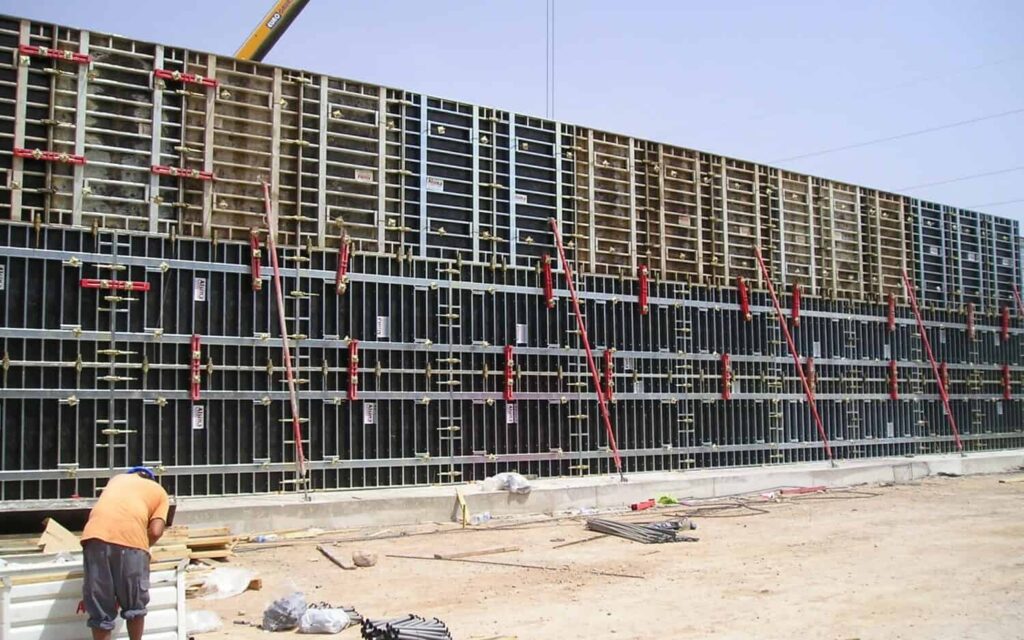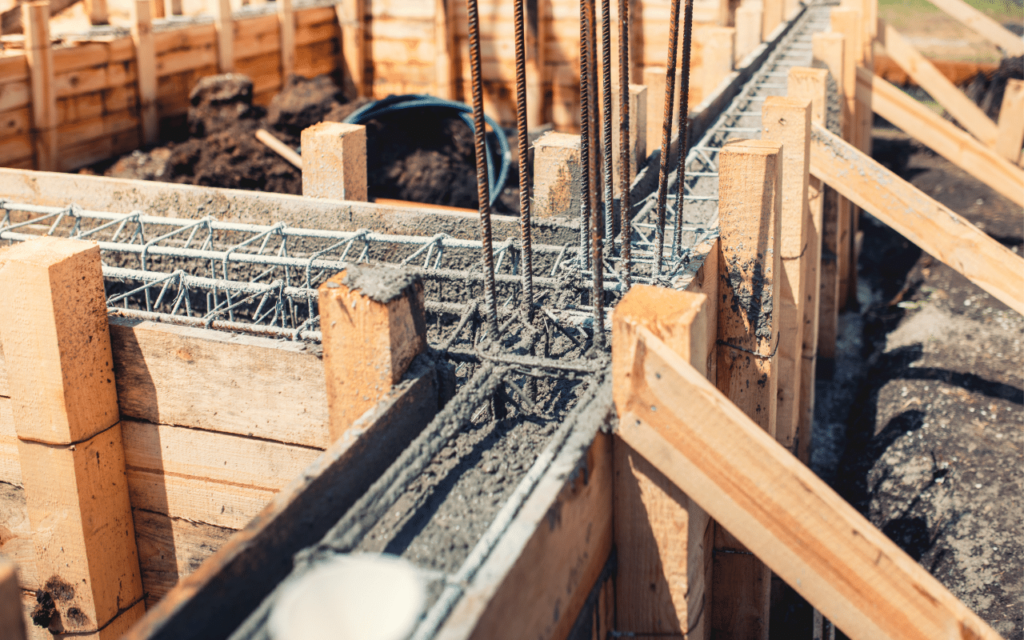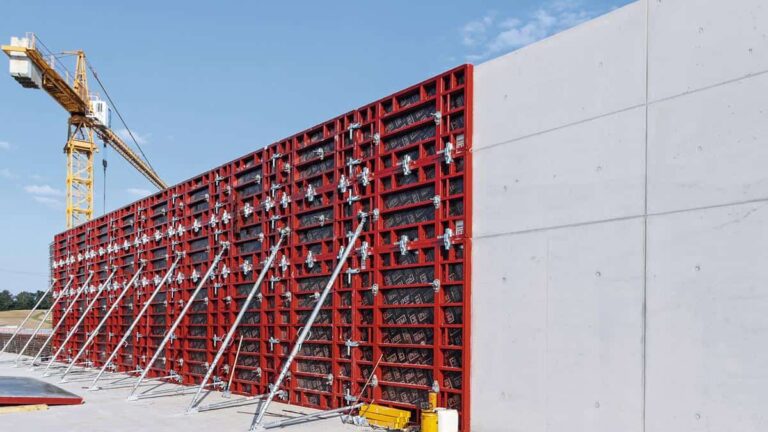When embarking on a construction project, selecting the right materials is paramount to ensure durability, safety, and efficiency. One critical component often overlooked is formwork plywood. This article will guide you through the essentials of formwork plywood, factors to consider during selection, various types available, the role of sustainability in plywood choices, and maintenance tips to prolong its life.
Understanding the Basics of Formwork Plywood
Definition of Formwork Plywood
Formwork plywood is a specialized type of plywood used in construction to create molds for pouring concrete. These molds help shape the concrete into the desired structure, whether it be walls, slabs, or other architectural designs. Formwork plywood is engineered to withstand the weight and pressure of wet concrete while ensuring a smooth finish upon removal.
Typically, this plywood is meant to be reused across multiple construction projects, making it a cost-effective choice in the long run. It plays a significant role in the construction process, as the quality of the plywood can directly impact the structural integrity of the final product. The manufacturing process of formwork plywood often involves the use of high-grade veneers and waterproof adhesives, which enhance its durability and resistance to moisture, ensuring it can endure the rigors of construction environments.
Importance of Formwork Plywood in Construction
The importance of formwork plywood cannot be overstated. When correctly selected and used, it provides crucial support to the concrete during its curing process. This is vital as improper formwork can lead to defects such as bulging or uneven surfaces, requiring costly repairs. Additionally, the precision with which formwork plywood is cut and assembled can greatly influence the overall aesthetics of the finished structure, making it not just a functional component but also a contributor to the visual appeal of the building.
Moreover, using high-quality formwork plywood can lead to faster project completion times. It allows for quicker setups and dismantling processes, which can significantly reduce labor costs and project timelines. The ability to easily transport and assemble formwork plywood also enhances its practicality on-site, allowing construction teams to adapt to changing project needs swiftly. Furthermore, advancements in technology have led to the development of engineered wood products that offer improved performance characteristics, such as enhanced load-bearing capabilities and increased resistance to warping, ensuring that modern construction projects can achieve both efficiency and quality.

Factors to Consider When Choosing Formwork Plywood
Material Quality
Material quality is one of the foremost factors to consider when choosing formwork plywood. High-quality plywood is treated to resist moisture, warping, and decay. It should also be manufactured to withstand the stresses imposed by wet concrete.
Look for plywood that adheres to international standards, such as BS 1088 or EN 13986. These certifications will ensure that the product you choose is reliable and safe for construction purposes. Additionally, consider the environmental impact of the plywood. Opting for sustainably sourced materials not only supports responsible forestry practices but also contributes to a greener construction industry. Many manufacturers now offer eco-friendly options that maintain high performance while minimizing environmental harm.
Plywood Thickness
The thickness of the plywood plays a crucial role in its performance. Thicker plywood generally offers better load-bearing capacity and stability, which is essential when dealing with heavy loads of concrete. Common thicknesses range from 12mm to 18mm, although specific projects may require different specs.
Choosing the right thickness will depend not only on the project requirements but also on the type of concrete being used. Always consult with engineers or construction professionals to determine the suitable thickness for your specific application. It’s also worth noting that thicker plywood may incur higher costs, so balancing quality with budget constraints is vital. In some cases, using a combination of different thicknesses can optimize both performance and cost-effectiveness, allowing for tailored solutions that meet specific project needs.
Load-Bearing Capacity
Load-bearing capacity is another significant consideration. Formwork plywood must be able to support not just the weight of the concrete, but also any additional loads that may be placed upon it during the construction process.
- Properties affecting load-bearing capacity include the wood species used
- The quality of glue used during the plywood’s manufacturing
- The arrangement of panels and joints in the formwork
Assessing these factors will ensure that the formwork can safely support the structure being built. Always refer to the manufacturer’s specifications for load ratings before proceeding with your choice. Furthermore, understanding the environmental conditions at the construction site can also influence load-bearing decisions. For example, if the site is prone to high winds or heavy rainfall, additional reinforcements may be necessary to ensure the plywood can withstand these external pressures while maintaining structural integrity. Regular inspections throughout the construction process can help identify any potential weaknesses in the formwork, allowing for timely adjustments and ensuring the safety of the entire project. Read more about pressures on https://openprairie.sdstate.edu/jur/vol12/iss1/2/
Types of Formwork Plywood
Softwood Plywood
Softwood plywood is commonly used in construction due to its favorable cost-to-strength ratio. This type of plywood is generally made from species like pine or spruce, which are lightweight yet robust enough for most formwork applications.
Softwood plywood is often treated to enhance its durability against moisture and leakage during the concrete pour. It is especially popular in temporary structures where it can be reused several times before replacement. In addition to its practical benefits, softwood plywood is also easy to work with, allowing for quick cuts and modifications on-site, which can be crucial in fast-paced construction environments. Its relatively low weight makes it easier to transport and handle, reducing labor costs and time on the job.
Hardwood Plywood
Hardwood plywood, made from trees like oak or birch, is exceptionally durable and strong. This type of plywood is less prone to warping or damage compared to softwood alternatives, making it suitable for more demanding construction applications.
While hardwood plywood tends to be more expensive, it offers a longer lifespan under heavy-duty conditions. Therefore, it is ideal for projects where formwork needs to be reused extensively or requires precise finishes. Additionally, the aesthetic appeal of hardwood plywood can be a significant advantage in projects where the formwork might be visible after the concrete has set, such as in architectural features or decorative elements. Its ability to hold detailed shapes and smooth surfaces also means that it can contribute to a higher quality of the finished concrete product.
Tropical Plywood
Tropical plywood is sourced from tropical regions and is known for its durability and high strength. This plywood type is often used in environments where moisture levels are high, making it less susceptible to rotting.
While it is an excellent choice for formwork, tropical plywood can be more expensive compared to its softwood and hardwood counterparts. However, it’s important to weigh this cost against its longevity and performance in demanding conditions. Furthermore, tropical plywood is often treated with preservatives that enhance its resistance to fungi and insects, which can be particularly beneficial in humid climates. This makes it a preferred option for projects in coastal areas or regions with heavy rainfall, where other types of plywood might fail prematurely. Its unique grain patterns and colors can also add a distinctive touch to projects that require both functionality and aesthetic appeal. Click here to read more about insects.
The Role of Sustainability in Plywood Selection
Eco-Friendly Plywood Options
With increasing awareness of environmental issues, many construction professionals are looking for sustainable plywood options. Eco-friendly plywood is typically sourced from certified forests and manufactured using sustainable practices. These practices often include the use of low-emission adhesives and finishes that reduce harmful off-gassing, contributing to healthier indoor air quality.
Look for labels such as the Forest Stewardship Council (FSC) certification, which ensures that the wood is harvested from responsibly managed forests. Choosing eco-friendly options not only benefits the planet but can also enhance the image of your construction project. Additionally, many manufacturers are now offering plywood made from alternative materials, such as bamboo or reclaimed wood, which further reduces the demand for virgin timber and promotes recycling within the industry.
The Impact of Plywood Production on the Environment
The production of plywood can have significant environmental impacts, including deforestation, habitat loss, and pollution. By selecting plywood produced sustainably, you can help mitigate these effects. The process of plywood manufacturing often involves significant energy consumption and water usage, which can strain local resources. By opting for sustainably produced plywood, you support practices that minimize these impacts, such as utilizing renewable energy sources and recycling water within the production process.
Understanding the lifecycle of your materials, from sourcing to disposal, is essential. Engaging with suppliers who prioritize sustainable practices ensures that your construction project contributes positively to the environment. Moreover, considering the end-of-life options for plywood is crucial; many eco-friendly plywood products are designed to be biodegradable or recyclable, allowing them to return to the earth without leaving a harmful footprint. This holistic approach to material selection not only fosters environmental stewardship but also aligns with the growing consumer demand for sustainable building practices, making it a smart choice for any modern construction project.

Maintenance and Care for Formwork Plywood
Proper Storage of Plywood
Proper storage of formwork plywood is crucial for maintaining its quality and longevity. Store the plywood in a dry, ventilated area, and keep it elevated off the ground to prevent moisture absorption. Use spacers between stacked sheets to ensure airflow and reduce the risk of warping.
Protecting the plywood from extreme weather conditions, direct sunlight, and unnecessary physical stress will significantly prolong its lifespan. An organized storage system not only preserves the quality but also improves the efficiency of your construction operations. Additionally, consider using tarps or protective covers when storing plywood outdoors to shield it from rain or snow, which can lead to swelling and degradation. Regularly checking the storage area for pests or mold can also prevent unforeseen damage, ensuring that your plywood remains in optimal condition for future use.
Cleaning and Reusing Formwork Plywood
Cleaning formwork plywood after use is essential to maintain its condition for future projects. Scraps of concrete and grime should be removed promptly to avoid hardening onto the surface.
Quarterly inspections should be conducted to identify any damage or wear. Depending on the condition, minor repairs may be possible to keep the plywood usable. If maintained correctly, high-quality formwork plywood can be reused multiple times, making it a wise investment for any construction project. In addition to regular cleaning, applying a protective sealant can help to create a barrier against moisture and chemicals, further extending the life of the plywood. When it comes time to retire a piece of plywood, consider recycling options or repurposing it for other construction needs, which aligns with sustainable practices and reduces waste.
In conclusion, choosing the right formwork plywood involves understanding its importance, evaluating material quality, thickness, and load-bearing capacity, and selecting from various types based on project requirements. Sustainability should also play a role in your decision-making process, and proper maintenance can ensure the longevity of this crucial construction component. With informed choices, you can ensure that your construction projects are not only successful but also environmentally friendly.
Learn about formply on: The Benefits of Using Formply in Australia for Concrete Forming
